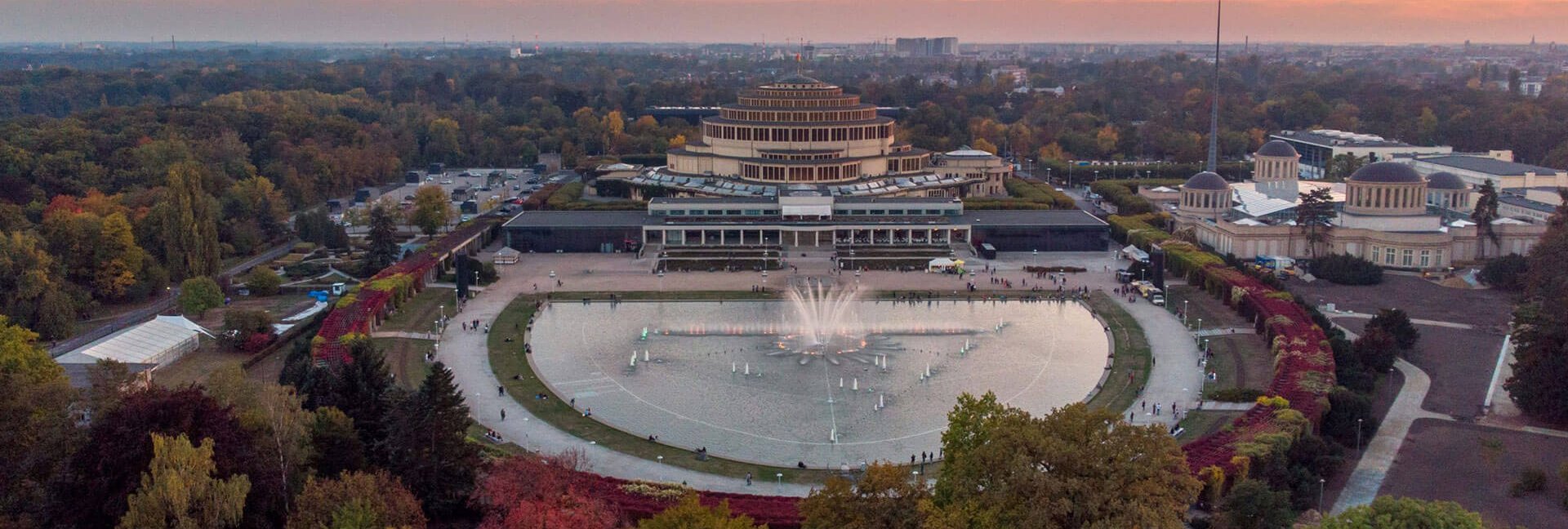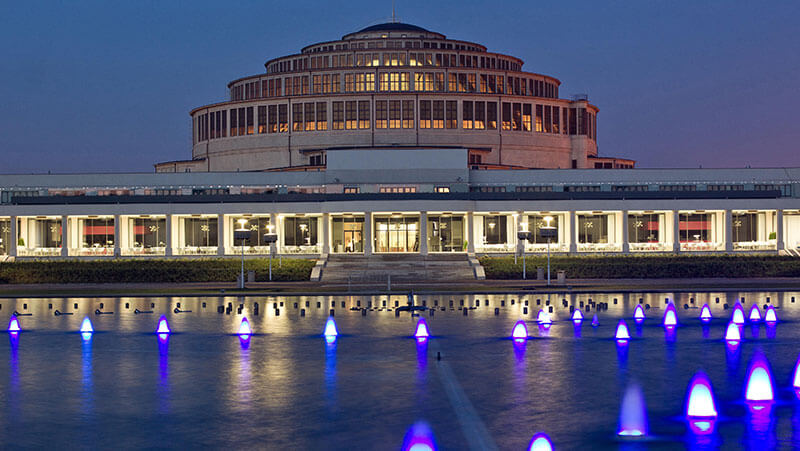
Where did the idea come from?
The present Centennial Hall was to be built to celebrate the hundredth anniversary of the proclamation of Frederick William III and the Triumph over Leipzig. The plan at that time was to organize an exhibition on a global scale in the capital of Lower Silesia. Unfortunately, at that moment there was no facility that could accommodate thousands of exhibitors and visitors. Therefore, it was necessary to design a space that would combine both fair and exhibition and recreational functions. Such a project was created by Mark Berg.
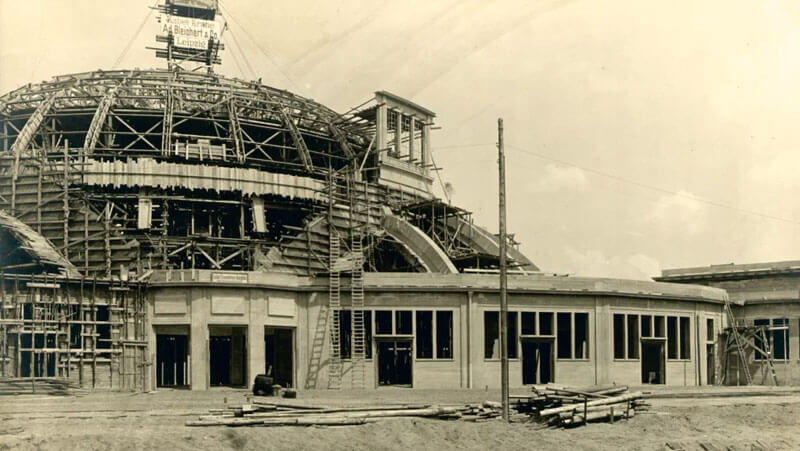
Construction and opening
The first works on the Centennial Hall began in May 1911, and already in December 1912 the company Dyckerhoff & Widmann handed over to the city the building in a shell. The Four Domes Pavilion, a pergola and other recreational facilities were also built in the area surrounding the Hall. On the other hand, the official opening of the Centennial Hall took place on May 20, 1913, when Mayor Paul Matting gave a patriotic speech. The Centennial Hall was then called "a monument to the liberation of the homeland and a warning to all generations." Later, this monumental building also became one of Hitler's favourite places to speak.
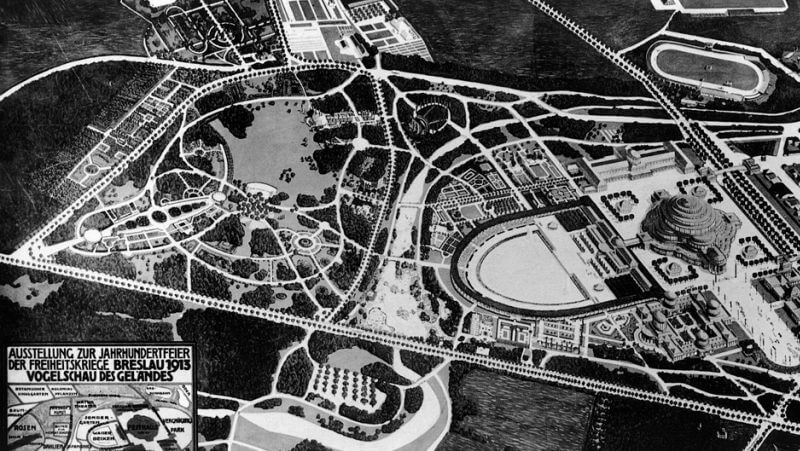
After World War II
The Centennial Hall survived World War II without serious damage. On the other hand, the organs were destroyed. It was a great loss due to the fact that they were specially designed to order by Sauer. At that time, they were the largest organs in the world, which were made with great precision.
After the end of World War II, the then authorities decided to change the name of the building to "Hala Ludowa". The original nomenclature was only restored after 2000.
Another breakthrough took place in 1948. On the way to the entrance to the Hall, a steel structure, over 90 meters high, was erected - Iglica. It was supposed to symbolize the reviving life in the Recovered Territories.
Nine years after its creation, the facility partially turned into the largest cinema in Poland. It was called "Giant" for a reason. This cinema was very popular and operated intermittently until the nineties.
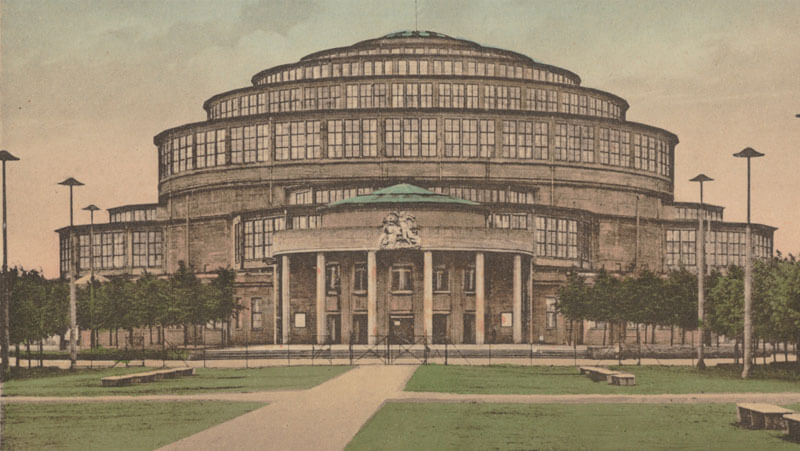
Nineties
In the nineties, Centennial Hall (then Hala Ludowa) was still a place of cultural, political and sports events. It often changed into a basketball arena, where basketball players from Slask Team were very successful, and in 1997, during the Eucharistic Congress, Pope John Paul II spoke here. The same year he was recognized as an Honorary Citizen of Wroclaw.
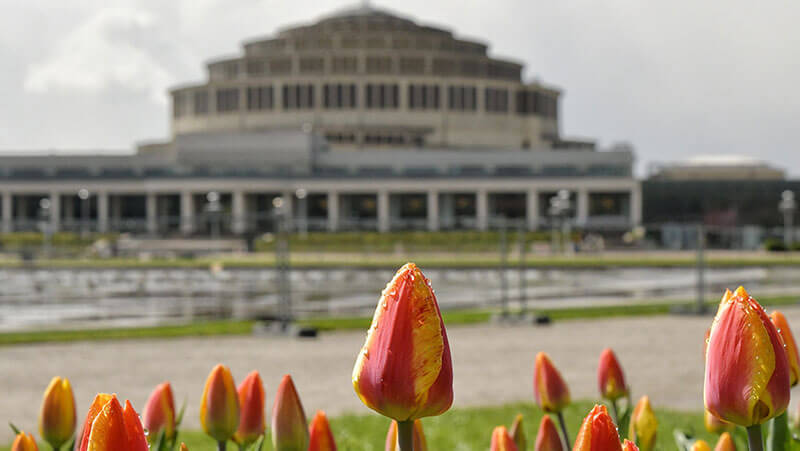
Renovation
In 2009-2011, the Hall was renovated and the Regional Business Tourism Center designed by Max Berg was built. Renovation of the external facade of the building also included the replacement of all 600 windows. This point turned out to be the most problematic, because Max Berg used iron mahogany specially imported from Australia in his design. Today, this species of tree is not present, therefore, with the consent of the conservator of monuments, teak was used, which significantly increased the costs of renovation.
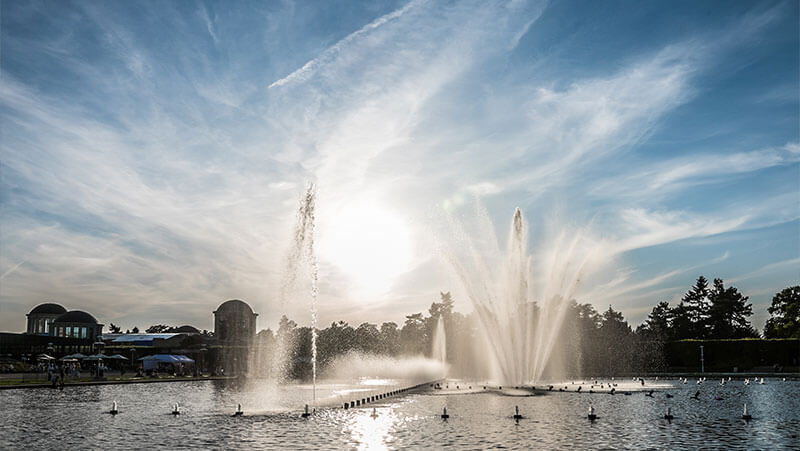
Centennial Hall today
In 2006, the Centennial Hall was inscribed on the UNESCO World Heritage List, and a year later a cast-iron plaque confirming the entry was placed in front of the entrance.
Although the building reflects the culture of a given era, it is very popular thanks to its originality and multi-functionality. It can be visited every week, from Thursday to Sunday from 10:00 a.m. to 6:00 p.m. There are also concerts, conventions, fairs and other cultural events.
You cannot forget about the multimedia fountain next to the Centennial Hall. Its shows, which we can watch every day, delight both children and adults.

